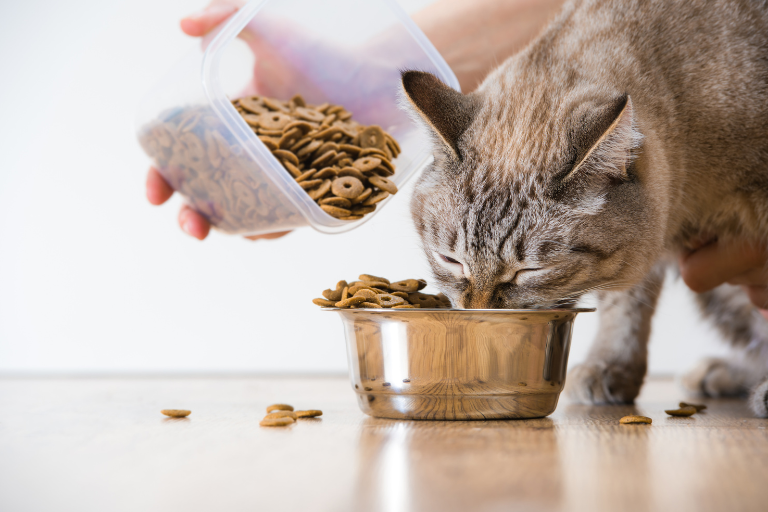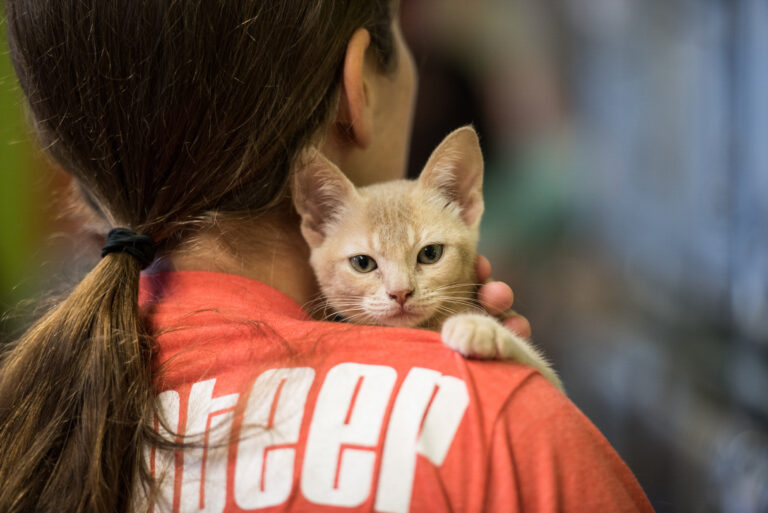Pet food manufacturers play a critical role in ensuring the safety and quality of the food they produce. However, the potential risks associated with common food additives, such as carrageenan or BHA/BHT, require manufacturers to take proactive measures. In this article, we will explore how pet food manufacturers can address the potential risks associated with these additives. We will optimize the content for keywords such as “Merrick dog food” and “dog food Merrick.”
Table of Contents
Thorough Ingredient Evaluation:
Pet food manufacturers should conduct thorough evaluations of the ingredients they use, including common food additives like carrageenan or BHA/BHT. This involves reviewing scientific literature and available research on the safety and potential risks associated with these additives. By staying informed and up-to-date, manufacturers can make informed decisions regarding the use of additives in their products.
Alternative Additive Selection:
Pet food manufacturers can explore alternative additives that have a lower risk profile than carrageenan or BHA/BHT. This may involve seeking out natural preservatives or alternative stabilizers that provide similar functional benefits without the potential risks. By opting for safer alternatives, manufacturers can mitigate potential concerns associated with common additives.
Quality Control and Testing:
Implementing robust quality control measures is crucial in ensuring the safety of pet food products. Manufacturers should conduct regular testing to verify the absence of harmful substances, including any potential contaminants or excessive levels of additives. Thorough testing and quality control protocols help identify and address any issues that may arise during the production process.
Transparent Labeling:
Collaboration with Regulatory Authorities:
Pet food manufacturers should actively collaborate with regulatory authorities to stay informed about safety guidelines and best practices. Regular communication with these authorities ensures compliance with regulations and helps manufacturers navigate any potential risks associated with common food additives. Collaboration allows manufacturers to access the latest information and guidance, contributing to the overall safety of pet food products.
Consumer Education:
Educating consumers about common food additives is crucial for pet food manufacturers. Manufacturers can provide educational resources, such as articles, blog posts, or FAQ sections on their websites, to raise awareness about the potential risks associated with additives like carrageenan or BHA/BHT. By providing transparent information, manufacturers empower pet owners to make informed decisions when selecting pet food, including options like Merrick dog food or dog food from the Merrick brand.
Continuous Evaluation and Improvement:
In Conclusion

Addressing the potential risks associated with common food additives requires proactive measures from pet food manufacturers. By conducting thorough ingredient evaluations, exploring alternative additives, implementing quality control and testing protocols, providing transparent labeling, collaborating with regulatory authorities, educating consumers, and continuously evaluating and improving their practices, manufacturers can ensure the safety of their products. These measures contribute to the overall well-being of pets and provide pet owners with the confidence to select pet food, including options like Merrick dog food or dog food from the Merrick brand, that meets their expectations for quality and safety.








